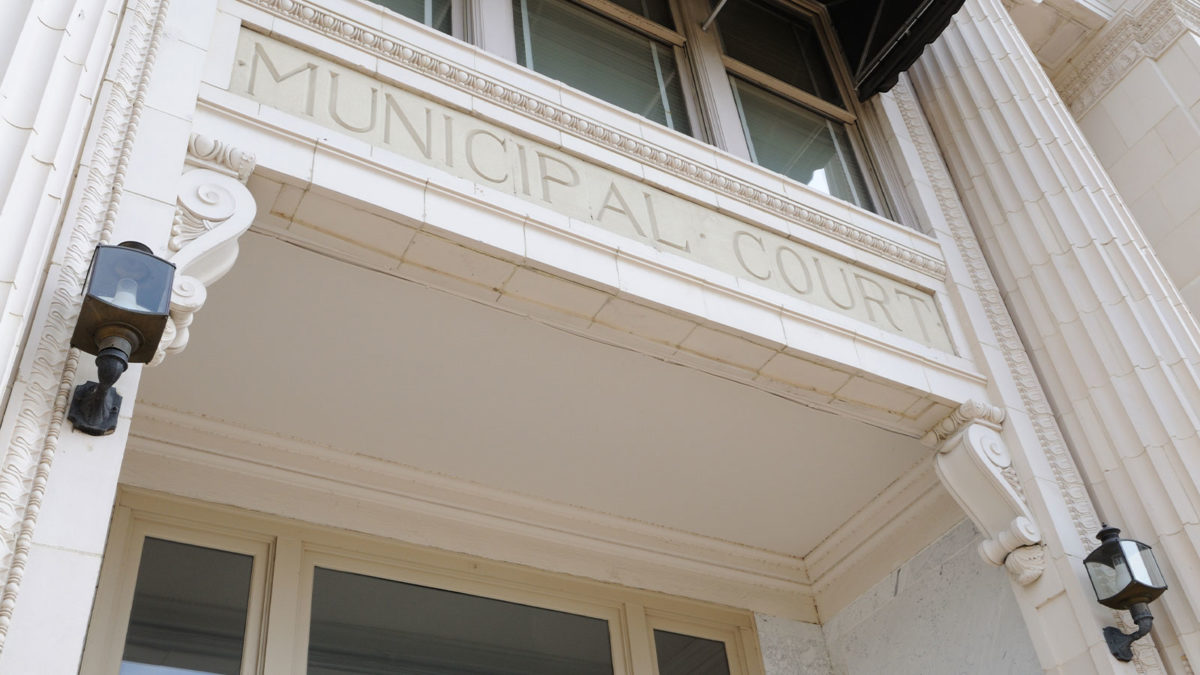
How We Got Municipal Court Rules
June 2021
Download This Article (.pdf)
Have you ever wondered how we got municipal court rules? Well, probably not. But keep in mind that municipal courts are not constitutional courts; rather, they are statutory courts under CRS § 13-10-104. Each municipality is authorized to have a municipal court, and one might think that the municipalities would provide municipal court rules by ordinance. Maybe some did, but I am guessing many did not. The story of how the Colorado Supreme Court came to adopt rules for statutory courts is an interesting one and, oddly enough, part of the Town of Vail’s history. As a matter of case law, the story appears in abbreviated form at Municipal Court v. Brown, 488 P.2d 61 (Colo. 1971).
The appellee in Brown was Stewart “Stew” H. Brown, a pretty interesting fellow. Stew was the first lawyer to have an office in Vail. Appropriately enough, it was located on Wall Street. That is the street that now runs from the Children’s Fountain up to Gondola One. Stew arrived in Vail in the mid-60s. Before going to law school, he was an airline pilot. He quit that business, he said, because he didn’t want to learn how to fly jet planes as opposed to prop planes. Law school was easier? Anyway, that was his story.
Stew was also a deputy district attorney in the Fifth Judicial District, which then included Lake, Eagle, and Summit Counties, including the municipalities of Leadville, Frisco, Dillon, Vail, Red Cliff, Minturn, Eagle, and Gypsum. At the time, the Breckenridge and Vail ski areas were in existence, but Leadville was the economic center with about 2,500 employees at the Climax mine. While 2,500 miners could cause some trouble, overall the crime rate was pretty low. So Stew was dividing his time between prosecuting cases in county and district court throughout the judicial district and a private practice in Vail.
Stew nevertheless found himself to be a defendant in Vail Municipal Court in 1967, charged with disorderly conduct, disturbing the peace, or something like that. The rumor was that he had consumed a touch too much to drink in one of Vail’s bars and caused a disturbance. At his first appearance, Stew moved to dismiss based on the absence of court rules, contending that the lack of such rules deprived him of fundamental due process. Of course, in Vail or any other small town, how many rules do you need? Municipal court tends to be a traffic court where you either cut a deal or have a trial to the bench. Rules? Give me a break. Stew’s motion was resisted and denied.
Stew next sought relief from the only district judge in the district back then, Judge Luby. By legend, Judge Luby, an Eagle resident, had been on the bench almost since the county seat of Eagle County was Red Cliff. He couldn’t have been more than 5 feet tall and never wore a robe. He was the terror of out-of-town lawyers who lacked the ability to intuit what he was thinking when he denied a motion for no apparent reason. That said, Judge Luby was a devotee of rules. As an enforcer of the rules of evidence he was without peer. Stew Brown got his writ.
As the Supreme Court notes, there was not much of a record in the case, and the Court was therefore unable to determine on what basis the writ issued. There was no record because there was no hearing. Back in the day, if counsel needed an order, he or she went to the courthouse, asked the court clerk to see the judge about an order, and was promptly escorted into chambers. In all likelihood, that is what Mr. Brown did. It was ex parte although, to be honest, counsel for the municipal court later approached Judge Luby ex parte in an effort to get some explanation for the reason the writ was issued. He was unsuccessful.
The Brown case stands for two important points. First, municipal courts have to have rules. The easy solution to that was the court’s promulgation of the first rules of municipal court procedure, while the Brown case was pending, on April 1, 1970. The text of the first rules is lost to history, the court having promulgated the current rules on June 30, 1988. I am wondering how many of us, at least those of us in the rural parts of the state, have actually read them.
Brown’s second important point is its holding that, while pleading violation of a municipal ordinance is “simplified,” something more than an allegation of the section and title of the ordinance is required. There must be some factual statement of the nature of the violation. Typically, the citation forms used by police officers comply with that requirement.
The Brown case was an important one, and Stew Brown deserves a lot of credit for taking the time to challenge proceedings in municipal court without the benefit of rules. It is a matter of interest that the case has never been cited.


